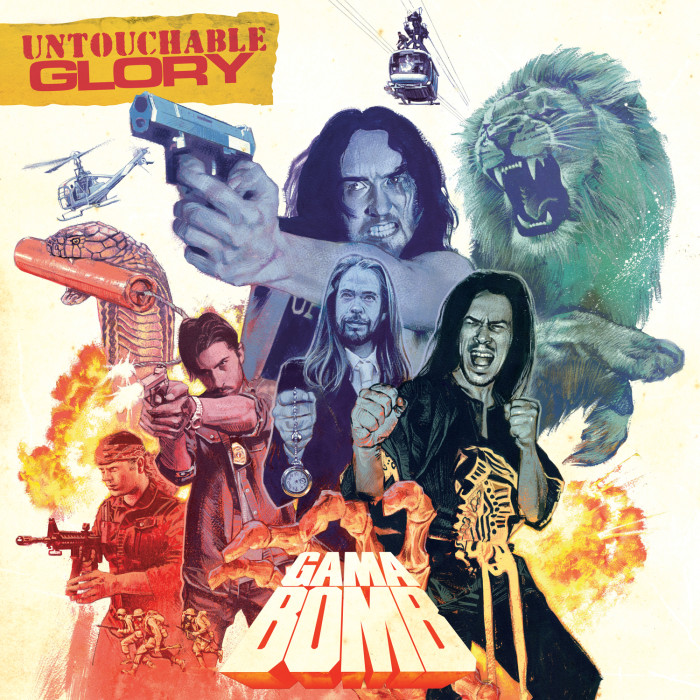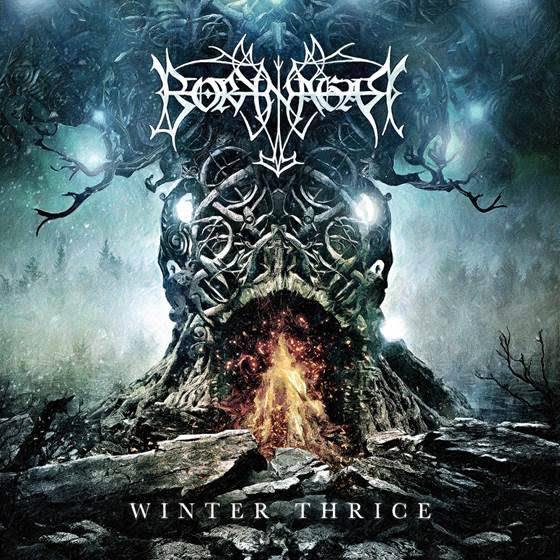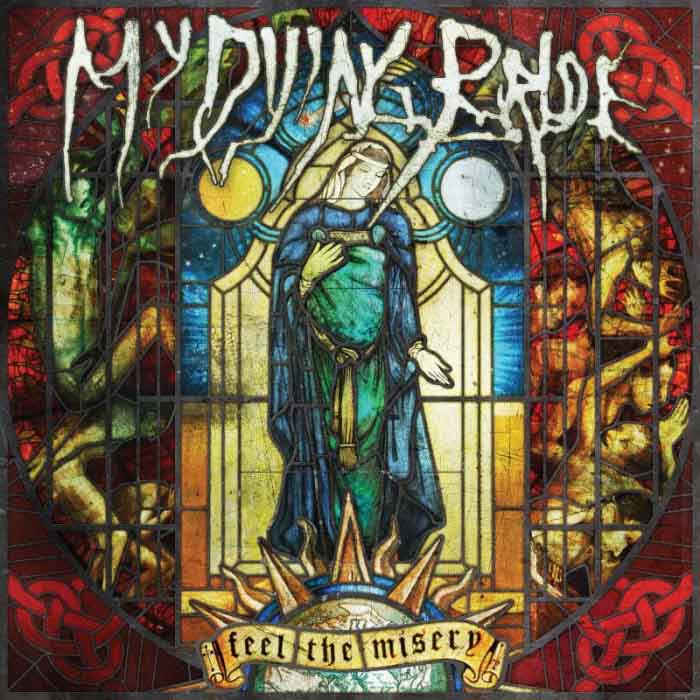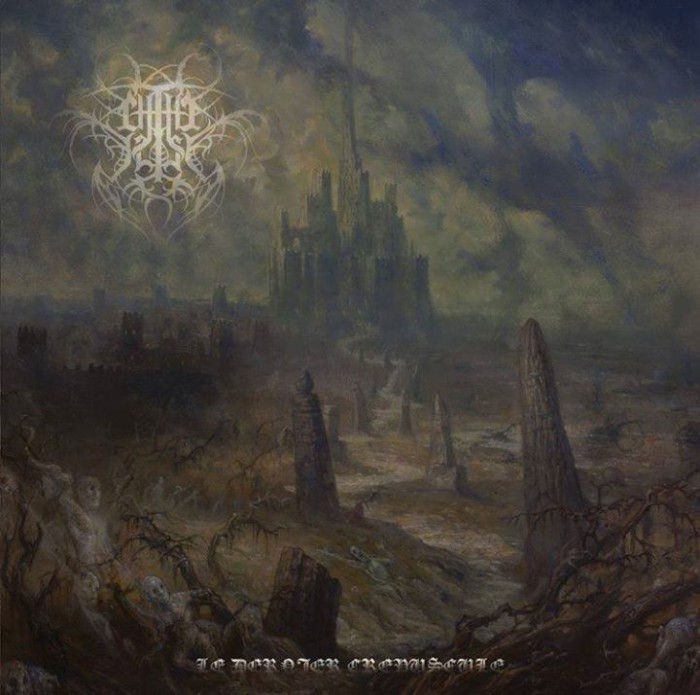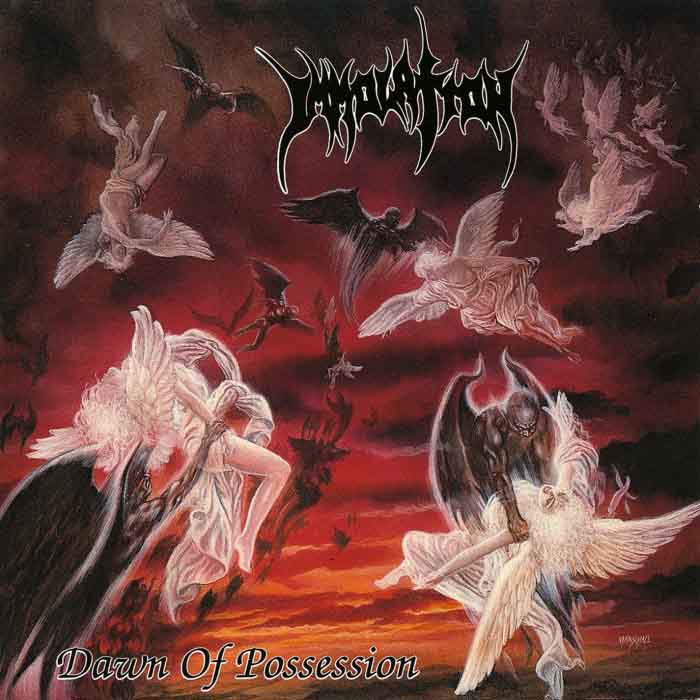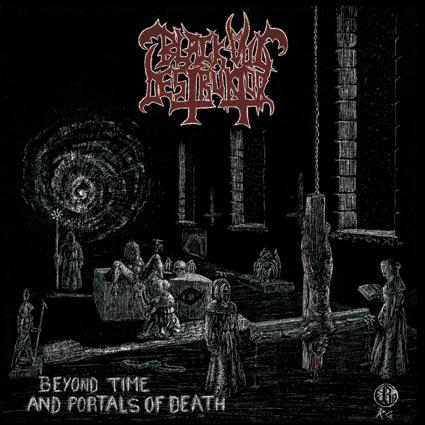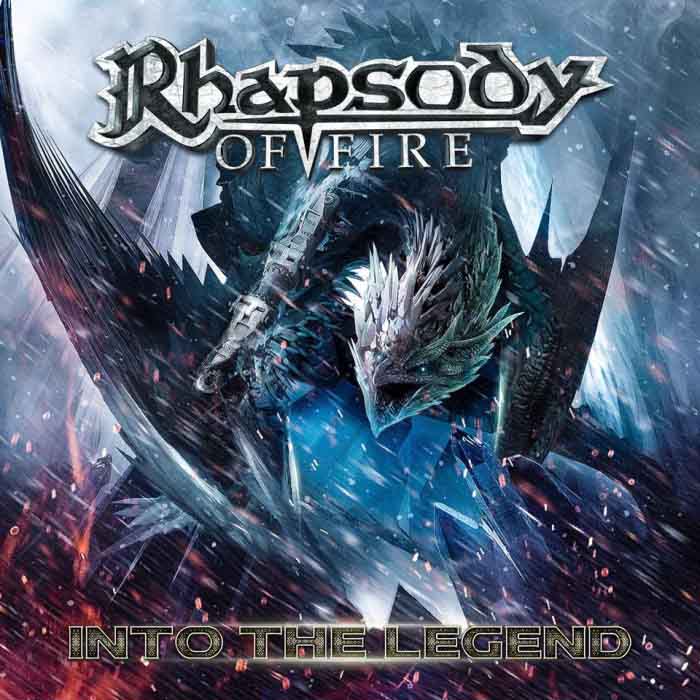Having never heard of Gama Bomb before this album, after the first few moments of music I was afraid that I had gotten ahold of some sort of the modern-faux-thrash-revival that is somehow cool to people who don’t listen to thrash bands. But I was wrong; Untouchable Glory is not a forced revival or a rip-off; it’s just dumb music. This not to say that the guys in the band are dumb, because they clearly have practiced their musicianship and are attentive to the dynamics and compositional symmetry in their songs. But the result of what they do is still dumb, and apparently they want it that way.
The basis of Gama Bomb’s style is made up of high-speed two- or three-chord minor riffs over which a vocalist rants and chants cleverly cadenced lyrics with just enough emphasis that his voice never becomes a full-on yell but keeps up (barely) enough energy to avoid sounding bored. A typical Untouchable Glory song starts up at full-speed right out of the gate and rushes through a verse, then hits you with slightly bouncier, chunkier variation of the same riff you just heard (but transposed a few steps up or down) as the drums switch from dense d-beats to a sort of swaggering rock rhythm. After that comes the chorus, which is usually not made up of a more interesting riff but does have some very catchy vocal pattern that, coupled with the rapid-fire lyrics, creates a hook powerful enough to snag a whale. Some songs have guitar leads and these are mostly made of 16th-note blather with no discernible direction other than back and forth because that’s the extent of the movement of the chords. There are a couple of times where the chords underneath the lead shift unexpectedly and the lead follows (which undermines the purpose of a lead! Maybe I shouldn’t be calling the guitar antics “leads”…) and resolves the progression in a viscerally satisfying way. However this satisfying resolution is all too rare and the guitar leads rather serve as marks of distinction among the generally formulaic songs.
So far, I’ve only pointed out common failings of metal albums – probably more than 95% of all metal commits the transgressions that I’ve detailed above. So what makes Untouchable Glory worse than a mediocre album is the purpose mentioned in the first paragraph? Gama Bomb is made up of competent musicians, but they have no ambition. Every song sticks to the same method of structure and dynamic manipulation. Every lead begins and ends in the same way. The band must rely on their vocalist and his method of delivery, which does a great job to augment the repetitious rhythm of the guitars, but this only exposes the weakness in the guitar and drum composition, because the vocals never let up or give the music a chance to expand beyond its immediate template. Typically I’d refer to chord progressions when describing song structure but the chord patterns that make up the songs on Untouchable Glory don’t progress, they just recycle. This tendency in the composition reflects the band’s attitude toward metal (and presumably music) as a whole.
The ultimate failure of this album is not in its compositional shortcomings but in its intentional stupidity. Song subjects cover kitsch and cliche topics such as getting high, getting drunk, hating authority, burning witches, being a ninja, and being undead. That these topics are dealt with is not enough to warrant criticism, but the self-consciously ironic attitude that Gama Bomb takes towards the topics is what separates them from quality acts that they are aping. Metal and punk bands have been covering these topics for decades but they didn’t have their tongues in their cheeks while doing so. Since those topics were taboo, metal bands explored new methods of song construction to fit with such uncomfortable or repulsive themes and great music was created as a result (and I always refer the uninitiated to Iron Maiden’s “The Number of the Beast” or Black Sabbath’s “War Pigs” for an example of how musicality and lyrics support one another to establish and expand on a theme). Meanwhile, Gama Bomb have nothing new to say about any of these topics and so it would logically follow that they needn’t invent any new music to support their take on the topics. Thus all we get to hear is basically a parody of speed metal and thrash. If you think that type of music deserves to be joked about, then Gama Bomb might be right for you. If, however, you appreciate and honor the innovators who brought extreme subjects into popular music and brainstormed methods of expressing them musically and lyrically, then you’d best move along, because Untouchable Glory is an affront to honesty.
6 CommentsTags: 2015, crossover thrash, funderground, gama bomb, Speed Metal, untouchable glory
